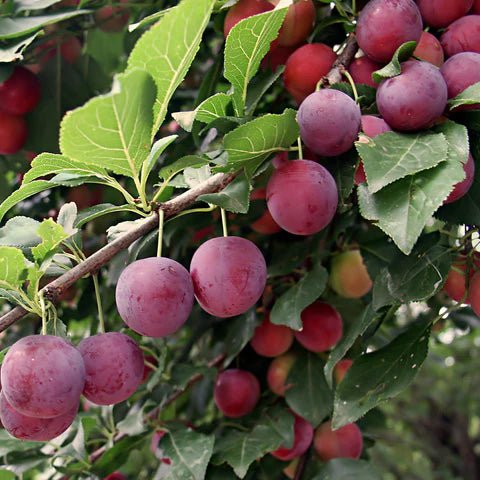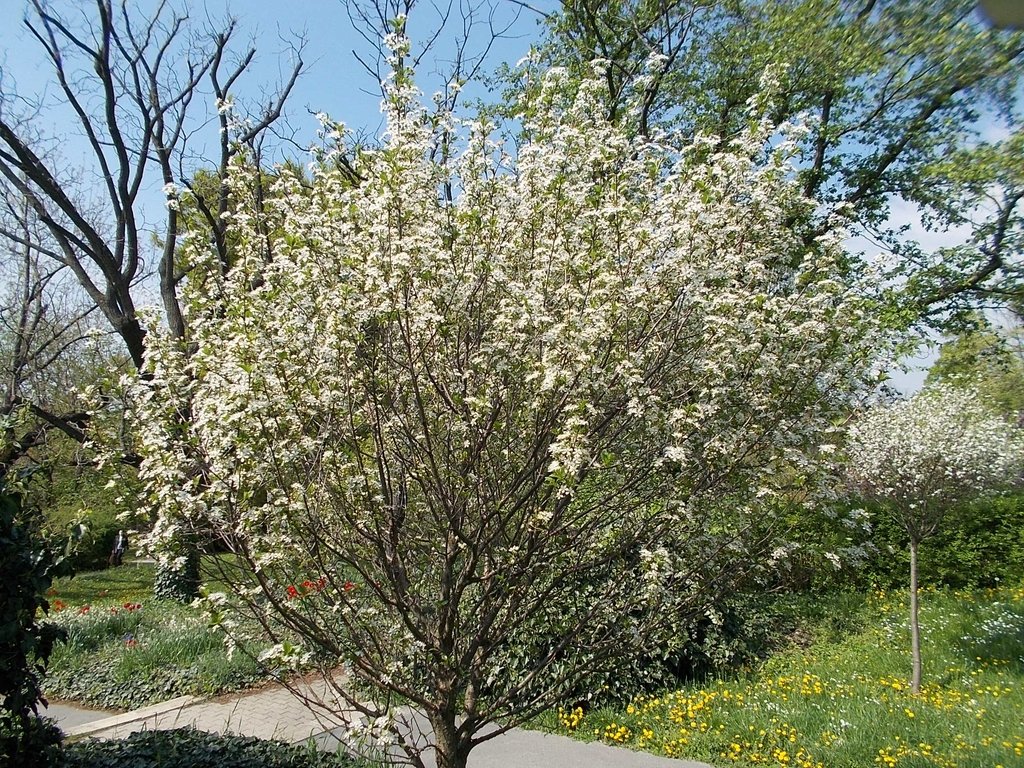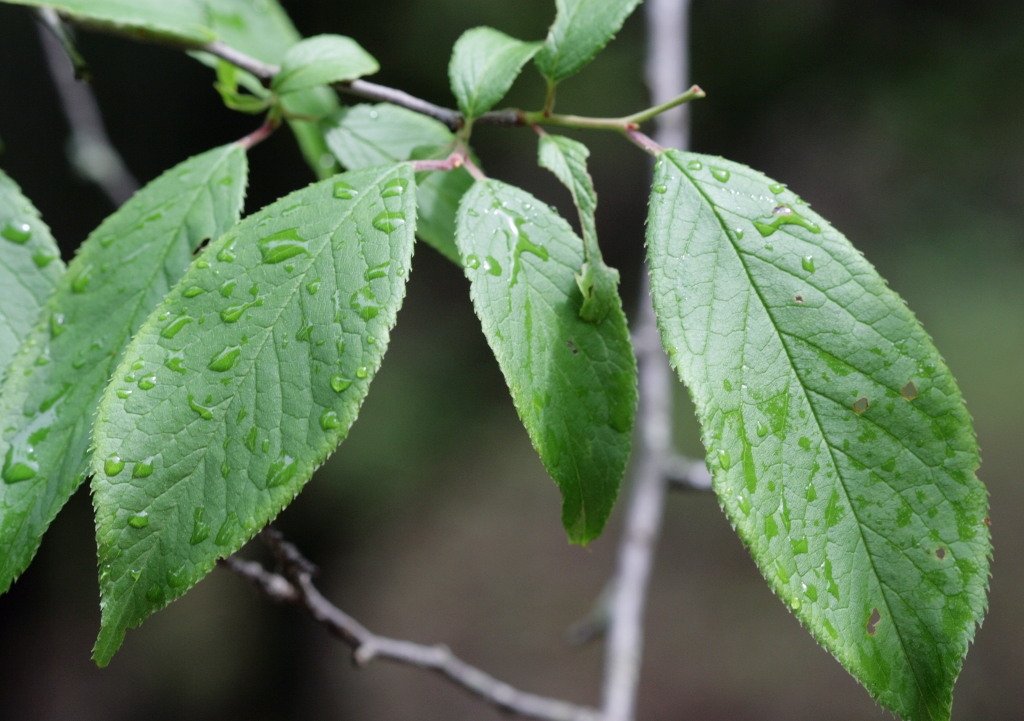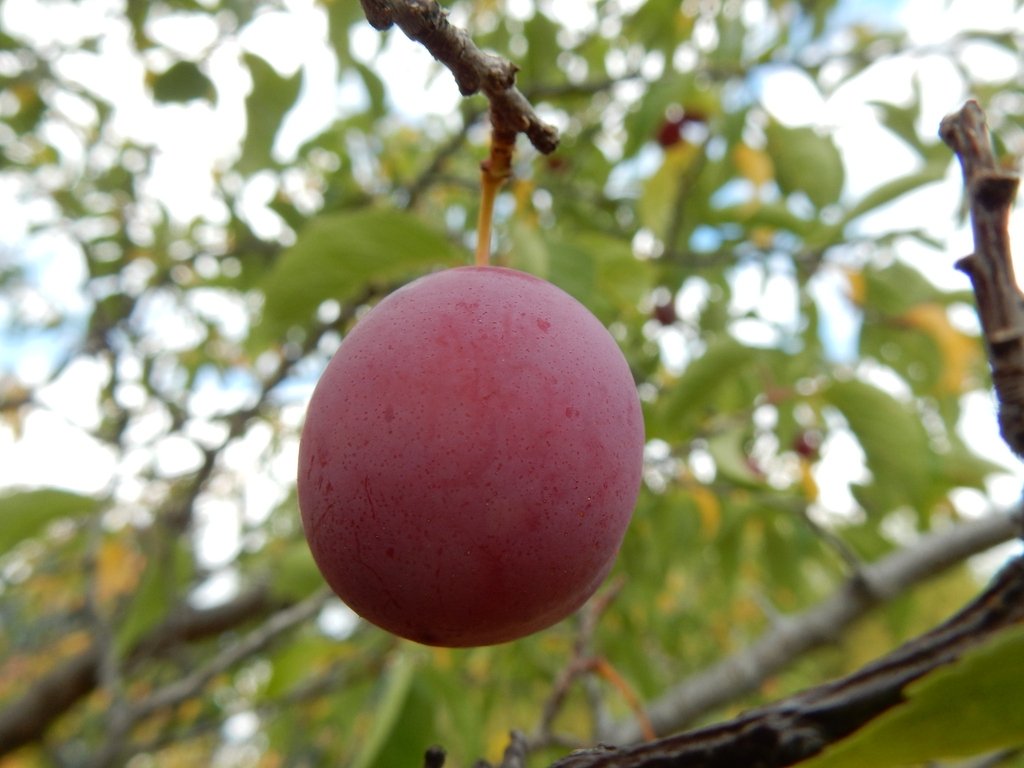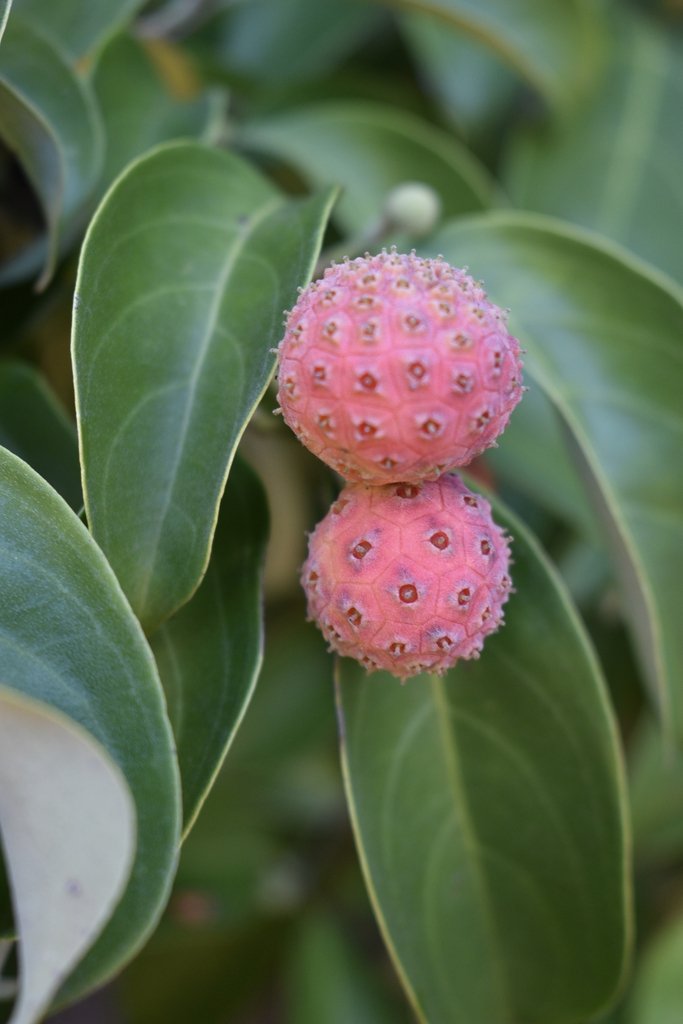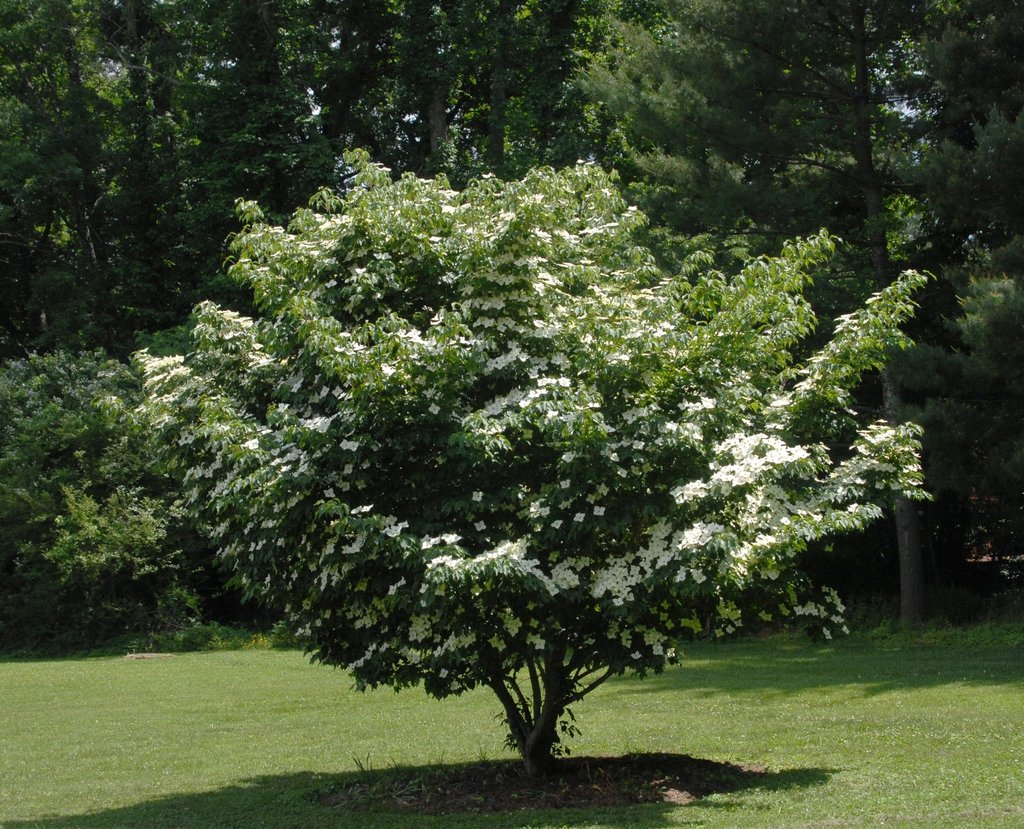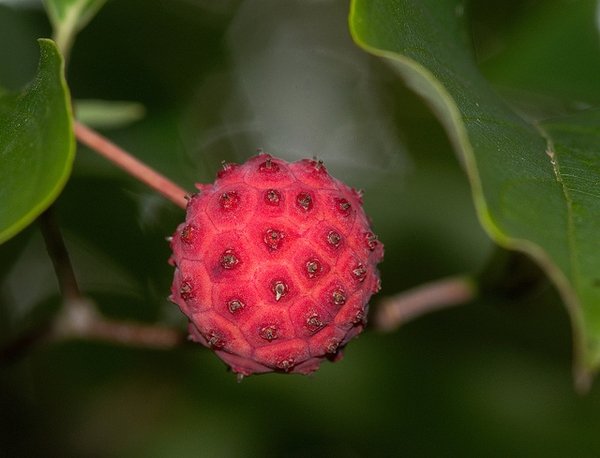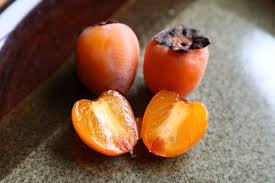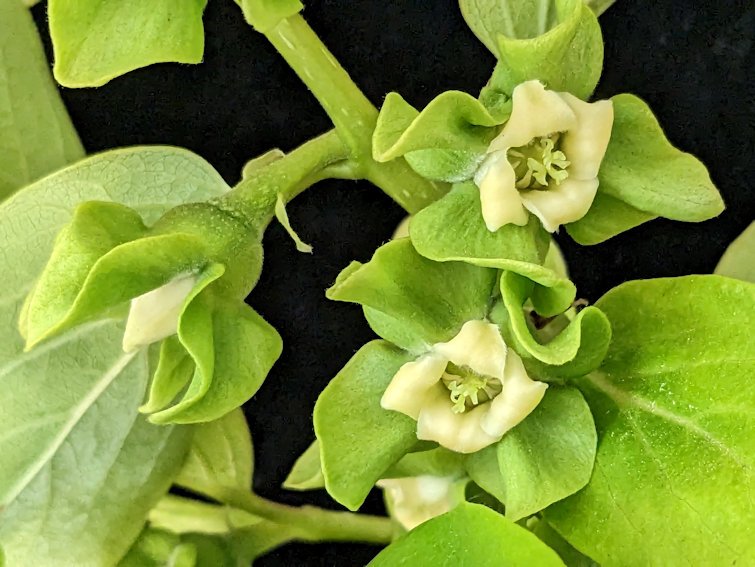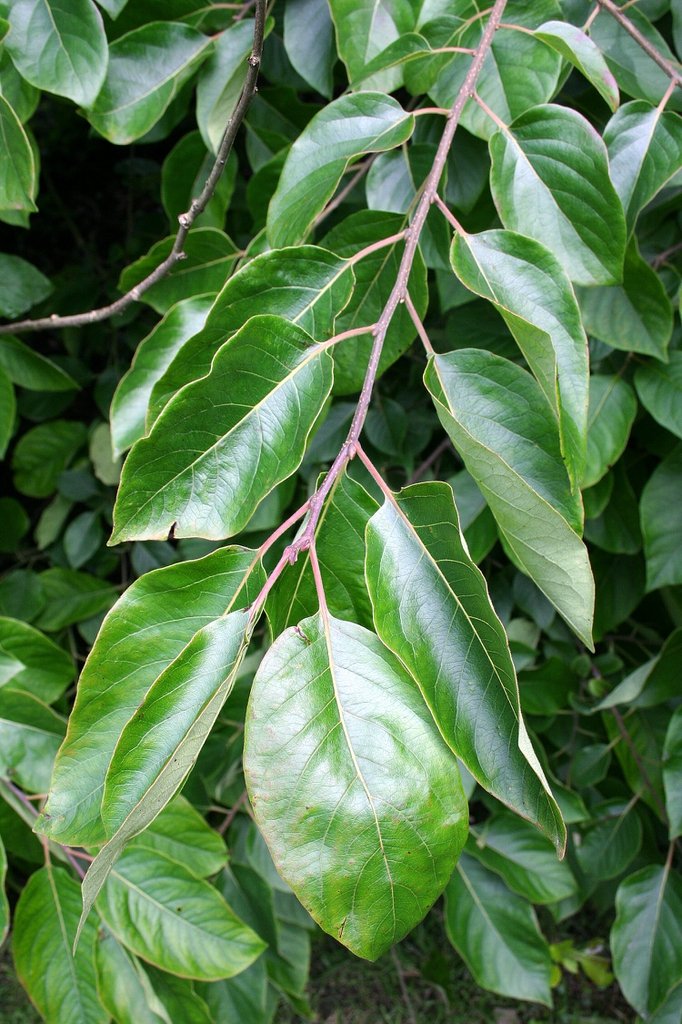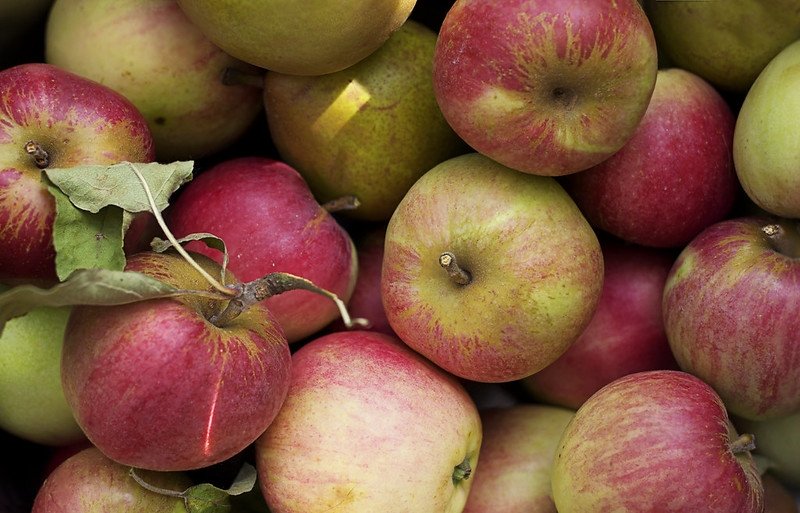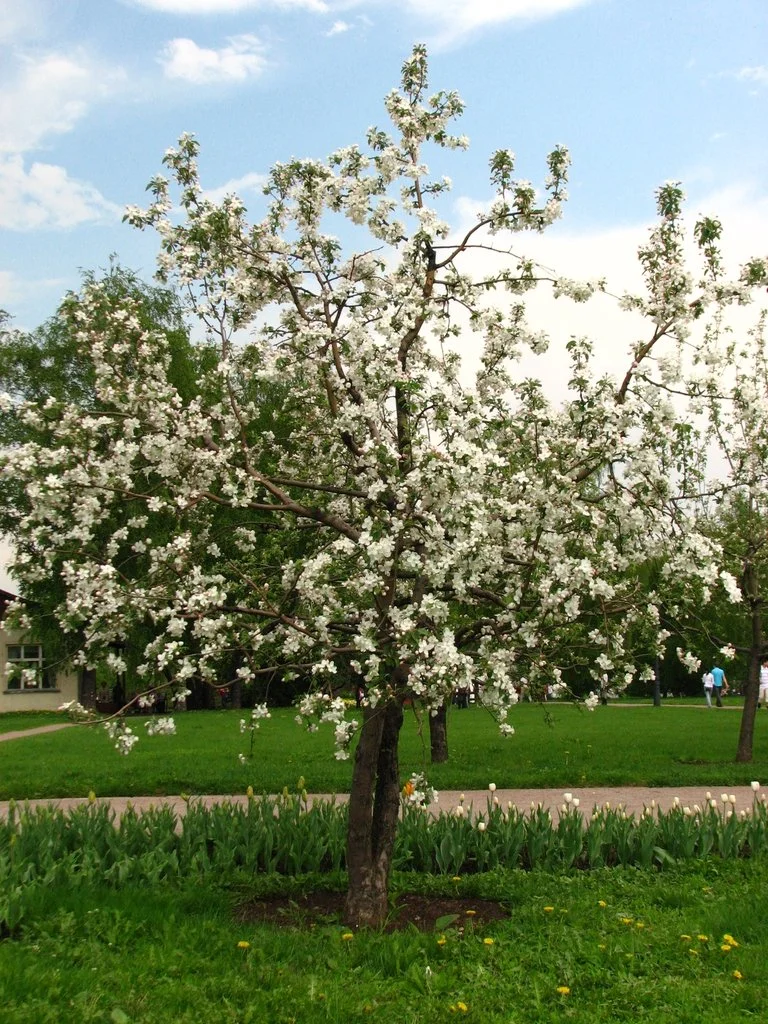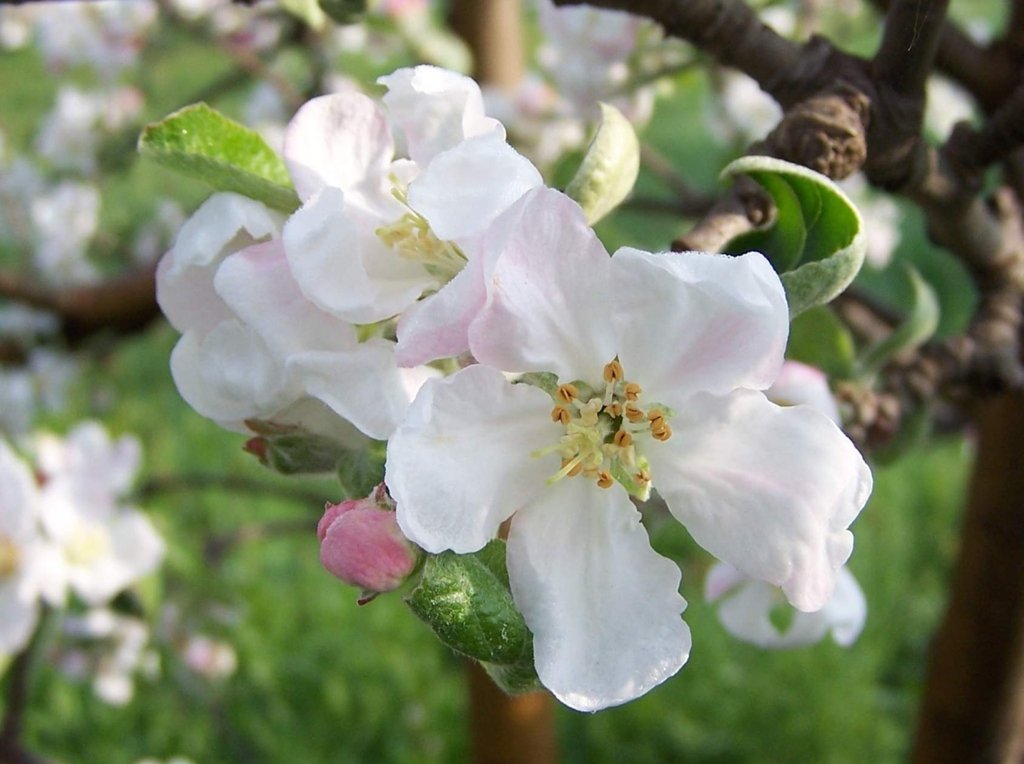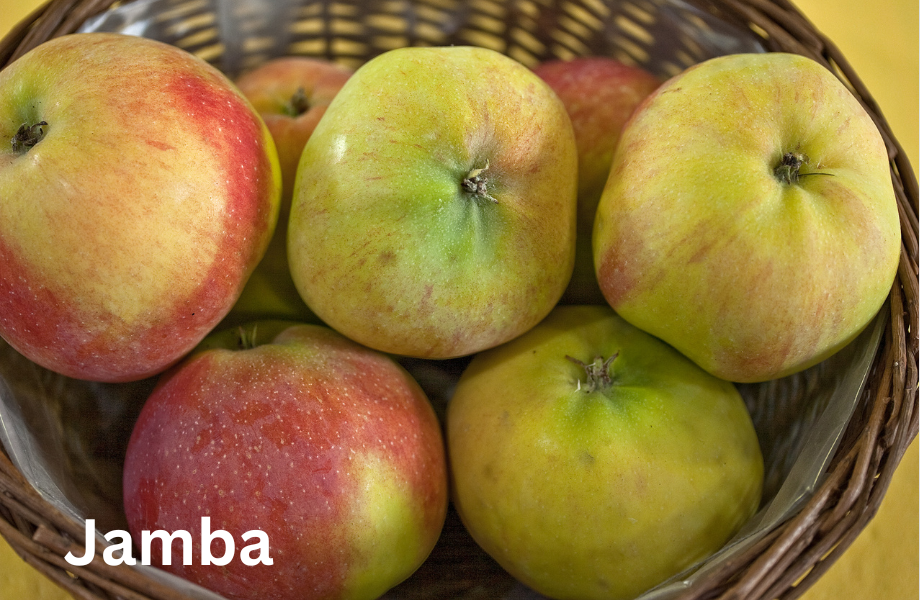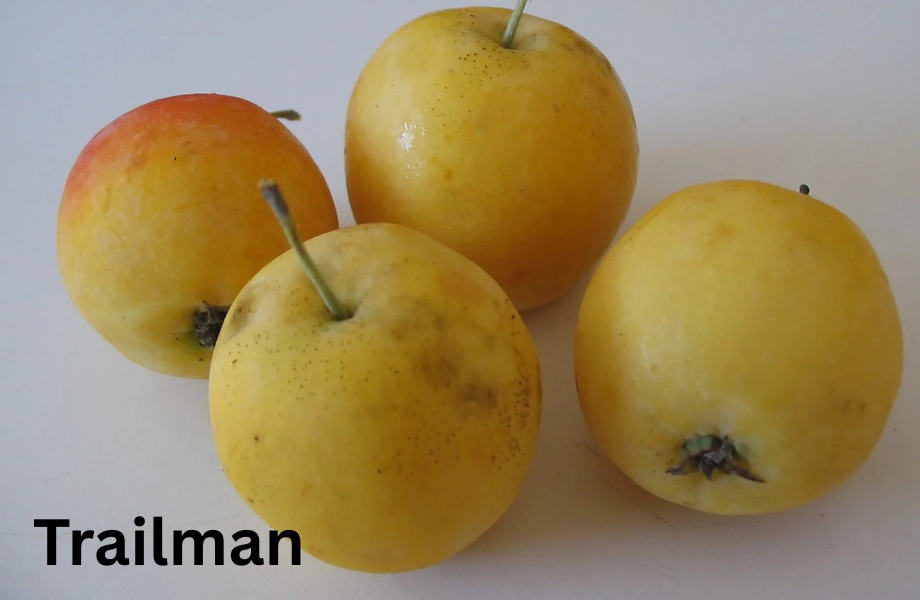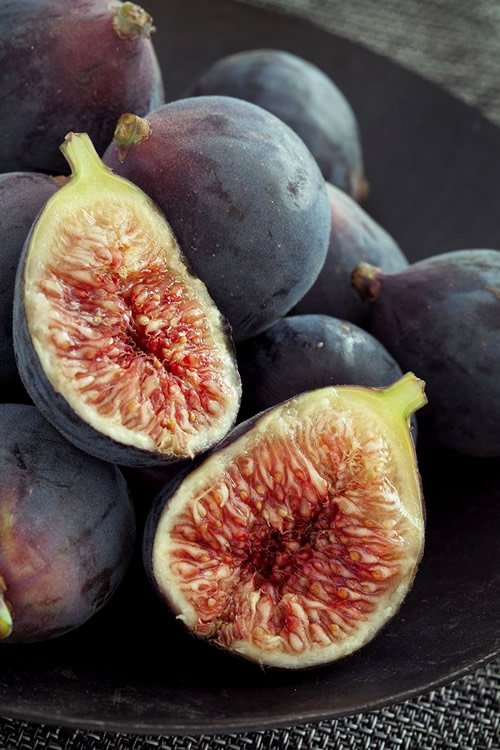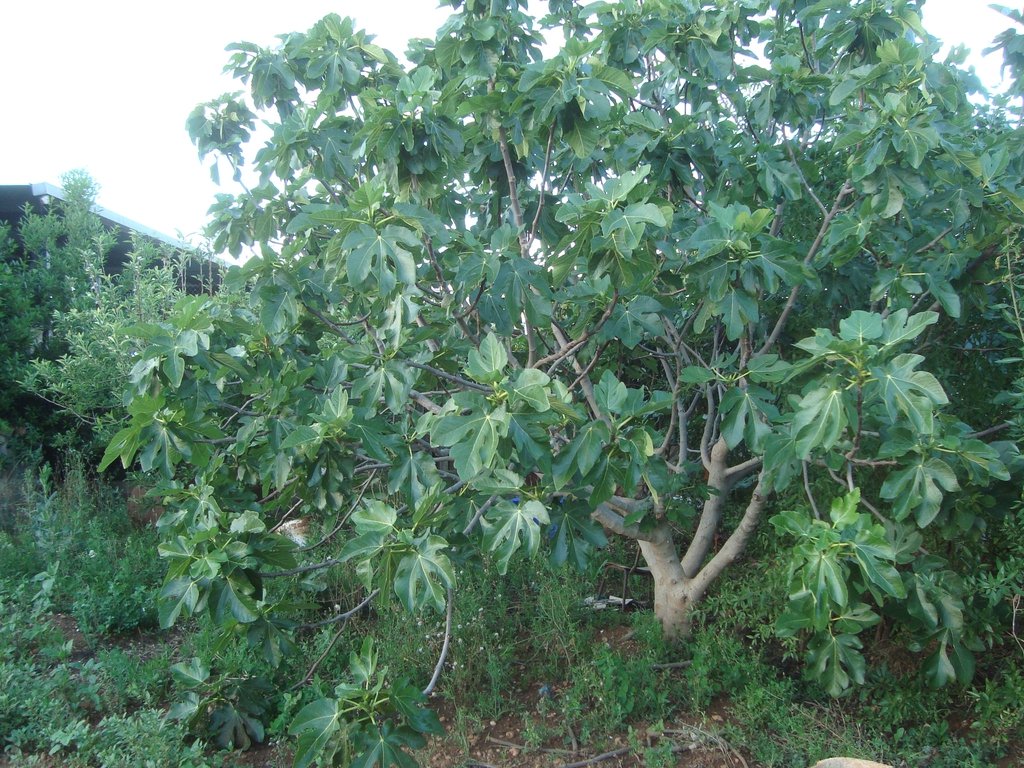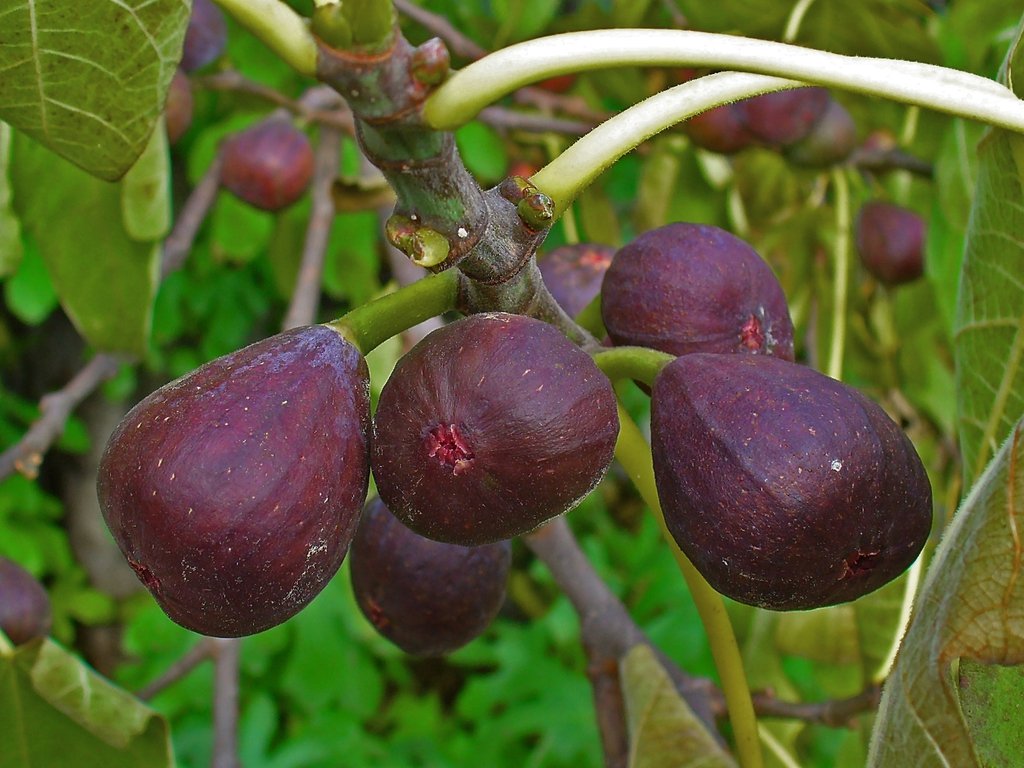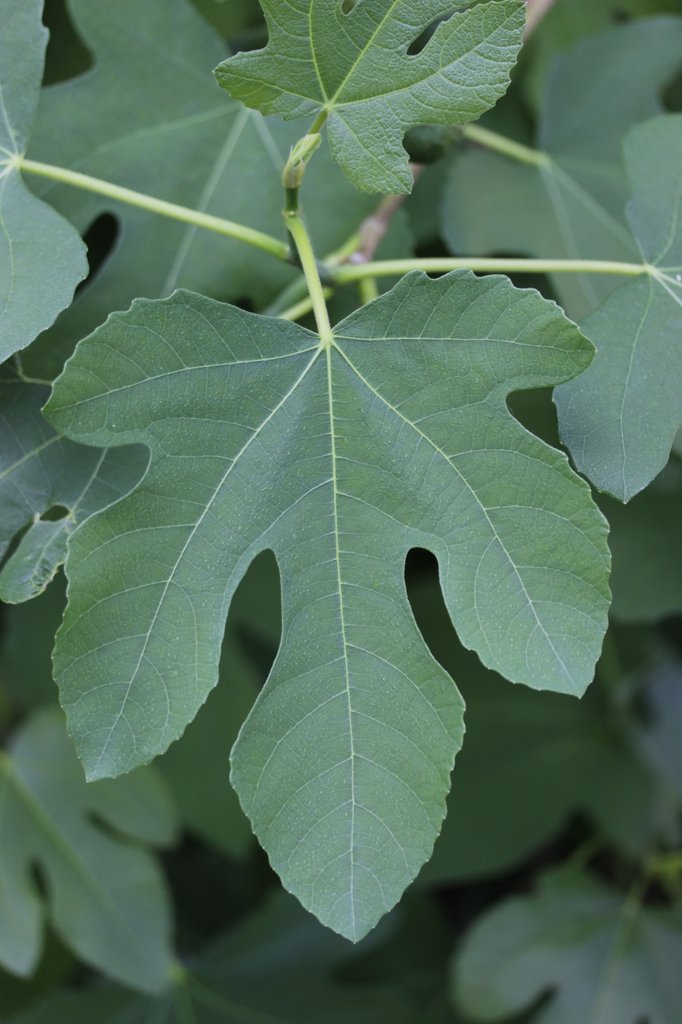The Red Mulberry is a native tree that produces sweet, blackberry-like fruit perfect for wildlife and foragers alike. Growing up to 30-60 feet tall, this fast-growing tree thrives in full sun and well-drained soil. Its fruit ripens in early summer and can be enjoyed fresh, dried, or used to make jams and pies. The tree is also a great habitat for birds and pollinators, offering both food and shelter.
Red Mulberries have been a part of American landscapes for centuries, valued by Indigenous peoples for their sweet, nutritious fruit. The trees were often planted near homes and villages for easy access to their berries, which were eaten fresh or dried. Unlike its Asian cousin, the White Mulberry, which was cultivated for feeding silkworms in the production of silk, the Red Mulberry is native to North America and was cultivated primarily for food and medicine. Today, Red Mulberries are prized for their unique, sweet fruit, which is perfect for homemade jams, sauces, or simply snacking on.
Red Mulberries are an excellent choice for wildlife-friendly gardens, as they attract birds and pollinators with their fruit and flowers. The trees also make great shade trees, providing a canopy of leaves that turn beautiful colors in the fall. Their berries are a delicious, native alternative to other mulberry species and are perfect for gardeners looking for a unique, edible addition to their landscape.
Zone Range: 4-8
Sun Requirements: Full sun
Size at Maturity: 30-60 feet tall, 30-50 feet spread
Pollination: Self-fertile (every plant can produce fruit on its own)




